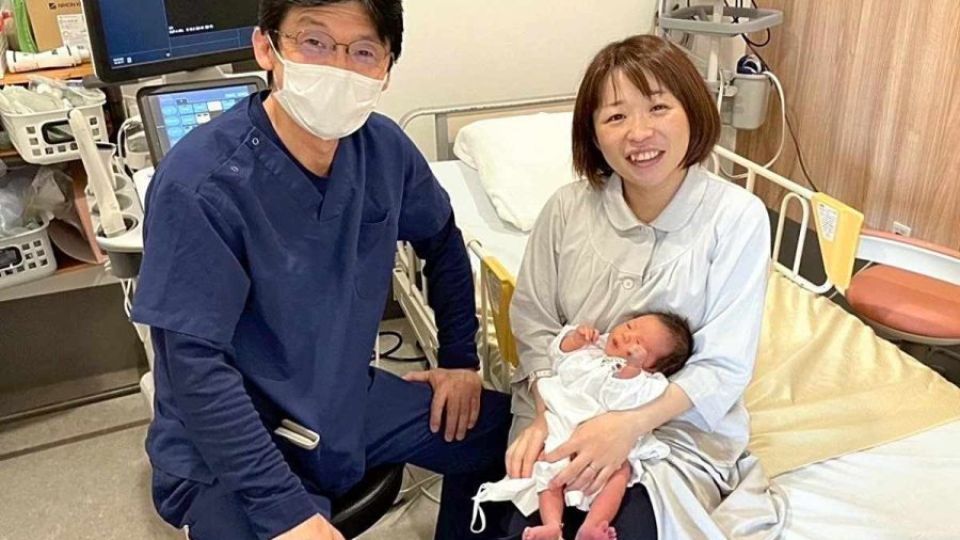January 11, 2024
TOKYO – Amid aftershocks immediately following the Noto Peninsula earthquake, a baby was born at Keiju Medical Center in Nanao, Ishikawa Prefecture. The baby’s parents hurried to the seaside hospital, that has 426 beds, driving on cracked roads in a family car. When the newborn baby made the loud first cry, the parents and the medical staff became jubilant.
At about 6:30 p.m. on New Year’s Day, some two hours after the quake occurred, Takanari Arai, 60, the head of the hospital’s obstetrics and gynecology department who hastily came on duty, received a phone call.
“I’m having pains every 10 minutes,” the caller told him desperately. She was Yumi Yamada, 35, who was 39 weeks pregnant. She had already started having contractions.
After much deliberation, Arai told her, “If you can come here, we’ll protect you.” He thought it would be very risky for the mother to give birth outside a hospital.
According to Arai, Yamada arrived from Tokyo to her parents’ home in Nanao’s neighboring town of Shika in November last year to prepare for the birth of her first child. Keiju Medical Center was her primary care hospital for the pregnancy.
When she called for an ambulance, she was told to go to hospital by herself because all the ambulances were busy with rescue activities.
There were many uplifts and cracks on the roads to the hospital. Yamada’s husband drove her to the hospital, taking about one hour and arriving at around 7:30 p.m. At the hospital, the walls were cracked, and water was leaking. The maternity ward could not be used because equipment and other items were scattered around. It was hurriedly decided that an operation room would be used for the delivery.
Performing a cesarean section was a possibility at one point during labor due to the shortage of oxygen for the baby. However, Yamada eventually managed to give birth to a healthy baby girl weighing 3,130 grams.
“I was so focused that I did not even notice the aftershocks,” Arai recalled. When he finally looked at the clock, it was past 2 a.m. on Jan. 2.
“Babies are born even in such difficult times,” Yamada said. “I hope she will become a child who can understand the feelings of people around her during tough times, and act accordingly.”
The nurses and other medical staff tearfully congratulated Yamada on the birth of her child.
After the quake, the hospital has accepted eight expecting mothers as of Tuesday. Of them, three mothers, including Yamada, have already delivered.
“Our hospital staff have also been affected by the quake,” Arai said. “We’ll have to go through long and hard days, but I’d like to go on protecting precious lives.”

